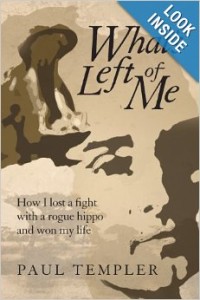Your Decisions Become Your Possessions
If I make a decision it is a possession, I take pride in it, I tend to defend it and not listen to those who question it. A decision is something you polish.
– Paul Gleason, wildland firefighter
In 1994, 14 heroic firefighters perished in the South Canyon fire in Colorado. Although they had been instructed to drop their gear when fleeing the advancing fire, none did. One body was found only 250 feet from the safety of top of the ridge still wearing his heavy pack and carrying a chainsaw. After the event, experts calculated that less than .5 mile per hour of faster speed would have saved them. Average humans, unencumbered, can run about 12-14mph for short distances. Carrying their gear the firefighters might have been half as fast. Perhaps they were disoriented in the smoke and fire. Perhaps the act of dropping gear would be to admit failure. Perhaps in the moment, and in spite of their training, they didn’t hear the order and simply never thought of it.
We also overvalue our possessions. In the 1949 wildfire disaster at Mann-Gulch, crew foreman Wag Dodge clearly ordered everyone to drop their gear and run from the advancing fire. Walter Rumsey testified that even though he was running for his life, he saw his partner Eldon Diettert was carrying a shovel. Rumsey grabbed it from him to lessen his load, but then searched around for a tree so that he could carefully lean the shovel against it.
Foolish consistencies aren’t only the domain of individual judgment. The final report of the Columbia shuttle disaster investigation stated that NASA “management was not able to recognize that in unprecedented conditions, when lives are on the line, flexibility and democratic process should take priority over bureaucratic response.” They simply couldn’t see beyond standard operating procedure in the face of changing circumstances and evidence.
Conviction can be a good thing. Conviction bolsters confidence and spurs action. But failing to abandon past practices and habits can also be catastrophic. We can become so enamored with our possessions that we self-identify with carrying them. To carry a Pulaski fireman’s axe is a badge of honor, just as carrying our habits and opinions with us everywhere we go affirms who we are.
So how can we identify those fixations that are holding us back and weighing us down, versus reaffirming those closely held convictions which empower and propel us? Taking a tip from Harvard medical researcher Jenny Rudolph, the best advice is to say what you are thinking out loud, in the presence of those whom you trust and who will hold you accountable.
In her research she found that once medical students made incorrect diagnoses, they would often persist in ineffective treatments long after it had become obvious that the treatments were not helping. They were simply unable, or unwilling, to revisit their original diagnosis. They became stuck – fixated – on their original decision.
Dr. Rudolph found that by doing three simple things, the medical students were often able to change their opinion quickly and effectively treat an accurate diagnosis.
- Say out loud an expanded list of the symptoms identified
- Say out loud an expanded list of the possible diagnoses that would fit the symptoms identified
- Say out loud a plan to eliminate each diagnosis one by one
By simply saying out loud what we are thinking in the face of changing circumstances and evidence, we force ourselves to consider our opinions and biases. We not only hold ourselves more accountable, but implicitly ask those around us to also check our judgment.
After all, remember what Justice Louis Brandeis famously said, “Sunlight is the best disinfectant.”


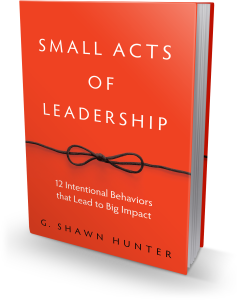 Our company
Our company  Over the years, my friend Erich and I have probably logged thousands of miles cycling together. In all conditions – cold, wet, early, or in the fading warm July sunlight – we have ridden these Maine roads together. And when you train with someone for long enough you recognize their strengths (he climbs like a scalded cat), odd proclivities (he prefers riding on the right side of someone else), and their hesitations (he often descends cautiously).
Over the years, my friend Erich and I have probably logged thousands of miles cycling together. In all conditions – cold, wet, early, or in the fading warm July sunlight – we have ridden these Maine roads together. And when you train with someone for long enough you recognize their strengths (he climbs like a scalded cat), odd proclivities (he prefers riding on the right side of someone else), and their hesitations (he often descends cautiously).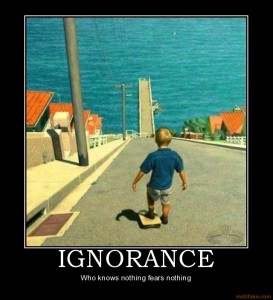

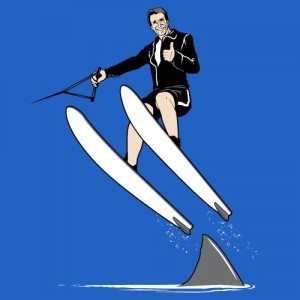 Colgate once introduced a line of dinner entrees. Harley-Davidson rolled out their own perfume. The
Colgate once introduced a line of dinner entrees. Harley-Davidson rolled out their own perfume. The 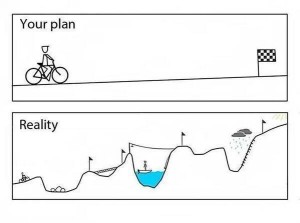
 They were unbeatable, invincible. The supergroup, the dream team.
They were unbeatable, invincible. The supergroup, the dream team. 